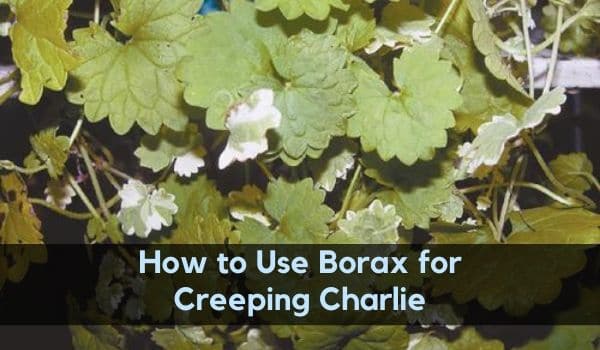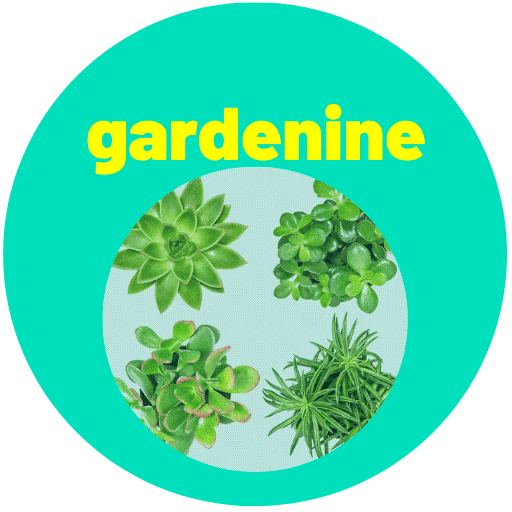5 Recommended Fruit Trees for Zone 1
The USDA zone 1 is characterized by low temperatures that drop as low as -60°F, which means the selection of fruit trees to plant here is quite limited. According to the USDA plant hardiness zone map, zone 1a experiences -60 to -55 °F while zone 1b ranges -55 to -50 °F.
The rule of thumb here is to select fruit trees that can tolerate early frosts that occur during the early flowering periods. Otherwise, the flowers will freeze and fall off the tree before bearing fruit.
Cold-hardy fruit trees for zone 1a and 1b
Zone 1 is the coldest growing zone but cold hardy fruit trees recommended here include some apple varieties like the 9-22 End apple and the September Ruby apple, some pear varieties including the ure and nova pears, and chokeberry fruits.
Let’s look at these recommendations:
1. 9-22 End Apple

The 9-22 End is an extremely cold-hardy apple tree growing in USDA zone 1. The tree yields large, tasteful apples after 5 years of growing to maturity. You’ll find home gardeners growing this tree in Northern Alberta and Fairbanks – regions known to experience as cold as -60°F to -43.6°F for prolonged periods.
| Botanical name | Malus sp. 9-22 End |
| USDA zones | Zone 1 |
| Size | 23 feet. |
| Spacing | 30 feet |
The 9-22 End is a self-pollinating fruit tree that flowers from mid-May when there’s a bit of sunshine. The blooms bear fruit in mid-September, so long as the soil is fertile well-drained.
This variety of apple is highly suitable for cold climates because it is not a keeping fruit. We recommend processing and consuming it soon after harvesting. Otherwise, harvest it when half-ripe to prevent it from going bad too soon.
2. September Ruby apple

It is no wonder that the September Ruby Apple tree is also called the King of the North. This variety is extremely cold-hardy – practically impossible to get killed by frost in zone 1.
It is also resistant to fire blight, a disease that is dreaded for causing branch dieback and killing shoots and blossoms, thus affecting yield.
| Botanical name | Malus sp. September Ruby |
| USDA zones | Zone 1 to 2a |
| Size | 15 feet |
| Spacing | 1.5 to 2.1 feet |
The September Ruby Apple prefers full sun and well-drained soil. If well-cared for, it grows vigorously while producing plentiful of fruit, starting in its fourth year. As the name suggests, the September apple is typically ready for harvest early to mid-September.
The fruit tastes sweet with a tart hint to it.
3. Ure pear

The Ure pear is recommended for zone 1 to 3a, making it a great choice for planting zones with extremely cold winters in Alaska. While it prefers full sun, the Ure pear is a slow grower that thrives well with minimum exposure while remaining highly productive.
| Botanical name | Pyrus ‘Ure’ |
| USDA zones | Zone 1 to 3a |
| Size | Up to 25 feet |
| Spacing | 6 meters |
Gardener’s note: The Ure pear is a self-sterile tree. You’ll need a Siberian pear growing nearby to facilitate pollination.
As a cross between the Siberian and European pears, this variety of pear tree packs a punch when it comes fire blight resistance as well as insect pest resistance, which is a plus when growing the fruit for commercial gain.
3. Nova pear

The Nova pear is an extremely cold-hardy New York fruit tree known for its high quality and ability to be used ripe or green. It thrives well in zone 1a and 1b, making it a good choice for north Alaska.
| Botanical name | Pyrus sp. ‘Nova’ |
| USDA zones | Zone 1 to 4 |
| Size | 35 feet. |
| Spacing | 6 meters |
The tree prefers full sun and will bloom in mid-May and yield ready fruit mid-September. The fruit is juicy yet meaty with a silky texture when eaten.
Gardener’s note: While self fertile, we recommend growing another pear tree nearby to maximize the Nova pear’s pollination and yield.
5. Chokeberry (Aronia sp.)

The chokeberry is a shrub with a great deal of tolerance to a wide range of growing conditions.
Apart from resisting the extremely cold temperatures, Aronia also fares well in wet soil. However, we recommend planting it on a slope where there’s improved drainage.
Otherwise, drain puddles of water where you grow your chokeberry for the best chances of survival and flavorful fruit.
| Botanical name | Aronia spp. |
| USDA zones | Tolarates zone 1b; recommended zones 3-9 |
| Size | 8-12 feet. |
| Spacing | 1.5 to 2.1 feet |
Chokeberry shrubs prefer partial shade to full sun for the best growth rate and survival. With proper care, they’ll bear fruit from late summer to fall, yielding black, red, or purple berry-like fruits depending on the variety.
The most common varieties of Aronia are the red chokeberry (Aronia arbutifolia), black chokeberry (A. melanocarpa), and the purple chokeberry (A. prunifolia). The purple type is a hybrid of the other two varieties.
Considerations
As usual when selecting fruit trees for your zone, you want to consider the genetic parents of the fruit, the rootstock, pollination needs, and when the fruit ripens.
The nursery and varieties
I recommend growers in zone 1a and 1b to buy fruit trees strictly from nurseries very close to or within their growing zones. This should give you an idea of the survival chances of the fruit tree in such cold regions like the north of Alaska.[1]
A general rule worth considering is that varieties of fruits developed in Manchuria, the Soviet Union, Canada and some parts of Nothern United States will adapt and survive in the colder climates of Alaska.
Microclimates
Alaska has many microclimates even within the specific zones. We’ve often see fruit trees fail to bloom and bear fruit in one garden yet the same variety grows successfully in the neighbor’s garden.
Try to meet the ideal conditions of the fruit tree in Zone 1 to increase the chance for success with your yield.
Protection from moose, deer, hares
Selecting isn’t the ultimate part of growing fruits successfully. You want to ensure your trees are resistant to deer, moose, rodents, and hares. But as you can see, we don’t have much to choose from in zone 1.
Protect your fruit trees and bushes against deer, moose, and other pests. Barriers, paper tree wraps, and snow fences are effective at deterring the animals from browsing and destroying trees.
Conclusion
Zone 1 is mainly central and north Alaska, which is the coldest region of the United States. Its arctic climate is characterized by long, very cold winters and very short, cool summers. Summer temperatures barely touch 36℉. Plants here are at risk of freeze damage.
When choosing trees for USDA zones 1a and 1b, fruit chilling requirement is important. Chilling unit is the minimum period of cold weather the tree needs before blossoming and bearing fruit.[2]
Ned help in choosing fruit trees for your planting zone? Contact me.



